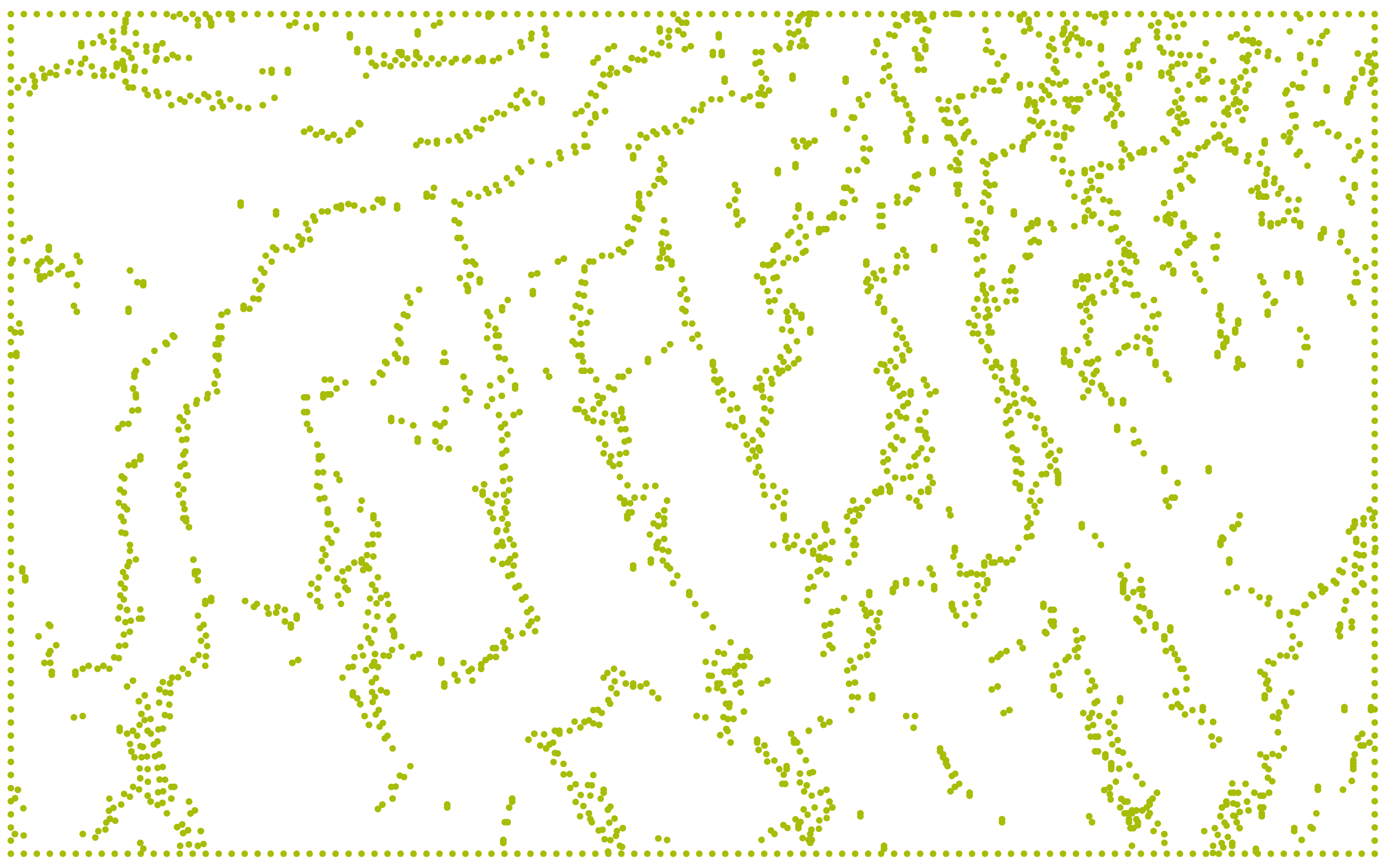
The Sunlight Managers
By deploying the language of objectivity while evading questions about the social relations that underlie the climate crisis, the science profession is granting legitimacy to a dangerous idea: solar geoengineering.
In 1816, the year after the eruption of Mount Tambora on the island of Sumbawa, Indonesia, migratory birds caught in an unseasonal June snowstorm froze to death and dropped on to the streets of Montreal. In New England, harvests were ravaged by summertime snow and frosts, and a record number of farmers packed up and moved west. Crops failed across Europe, causing widespread famine and food riots in the aftermath of the Napoleonic Wars. “The bright sun was extinguish’d,” the poet Lord Byron wrote, and the “icy earth / Swung blind and blackening in the moonless air.”
Although the cause of 1816’s “year without a summer” was at the time mysterious, the mechanisms that linked the year’s uncanny weather to Mount Tambora’s eruption are now well known. When a volcano erupts with enough explosive power, it forces millions of metric tons of sulphur gases into the upper atmosphere where, having escaped the turbulence below, they form microscopic particles of sulphuric acid and ride the slow circulation of the stratosphere, lingering over the Earth for a year or more and blocking sunlight from reaching the ground below. Because Earth’s temperature is controlled by the balance of incoming energy from the sun and outgoing energy reflected or radiated to space, adding reflective sulphate particles, aerosols, to the stratosphere alters this balance, cooling the planet’s surface—an effect observed more recently after the eruption of Mount Pinatubo in 1991.
In an epoch of global warming, the cooling effect of sulphate aerosols is not going unnoticed. In 2023, the US-Israeli company Stardust Solutions raised $15 million in early-stage venture capital funding to, in effect, artificially replicate the cooling mechanism of major volcanic eruptions. Those early investors stand to profit should the technology ever be used for “solar radiation management” (SRM), a proposed form of geoengineering whose aim is to cool the Earth by deliberately blocking radiation from the sun.
